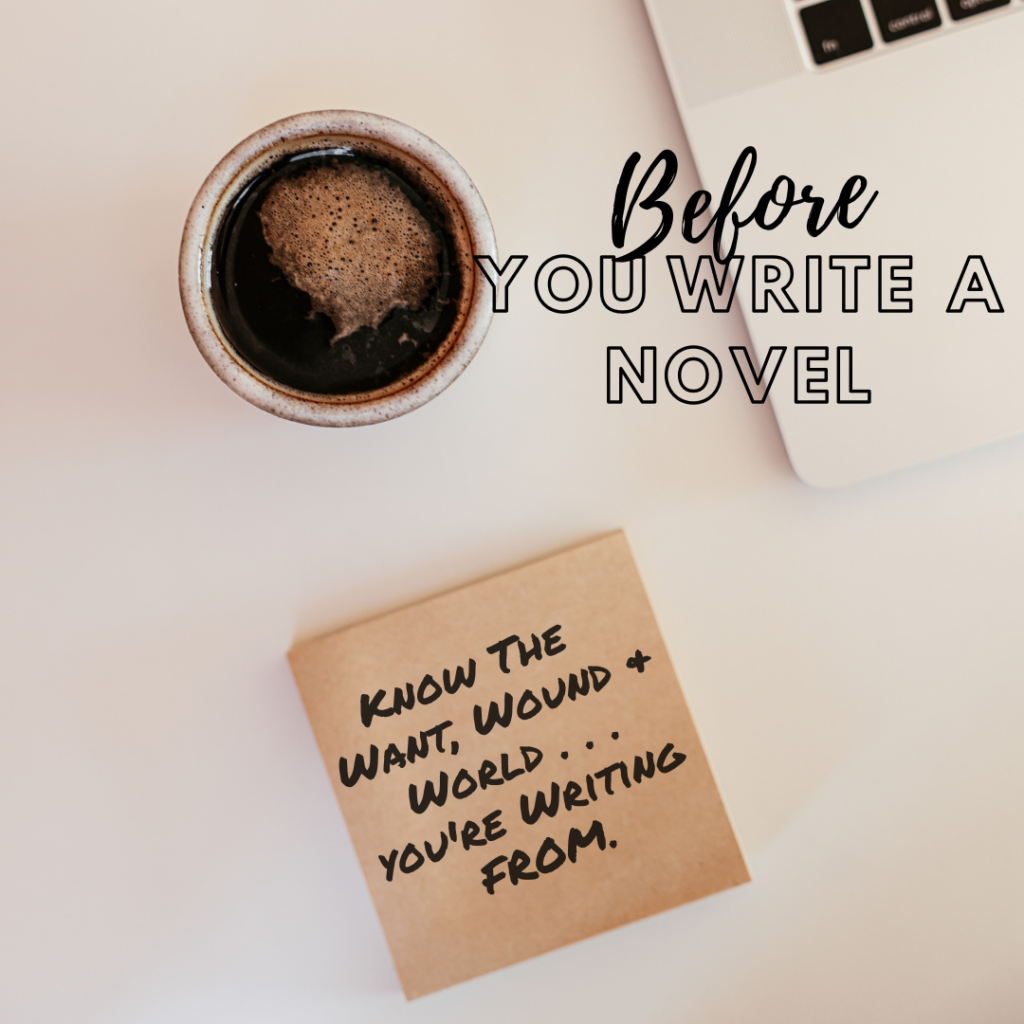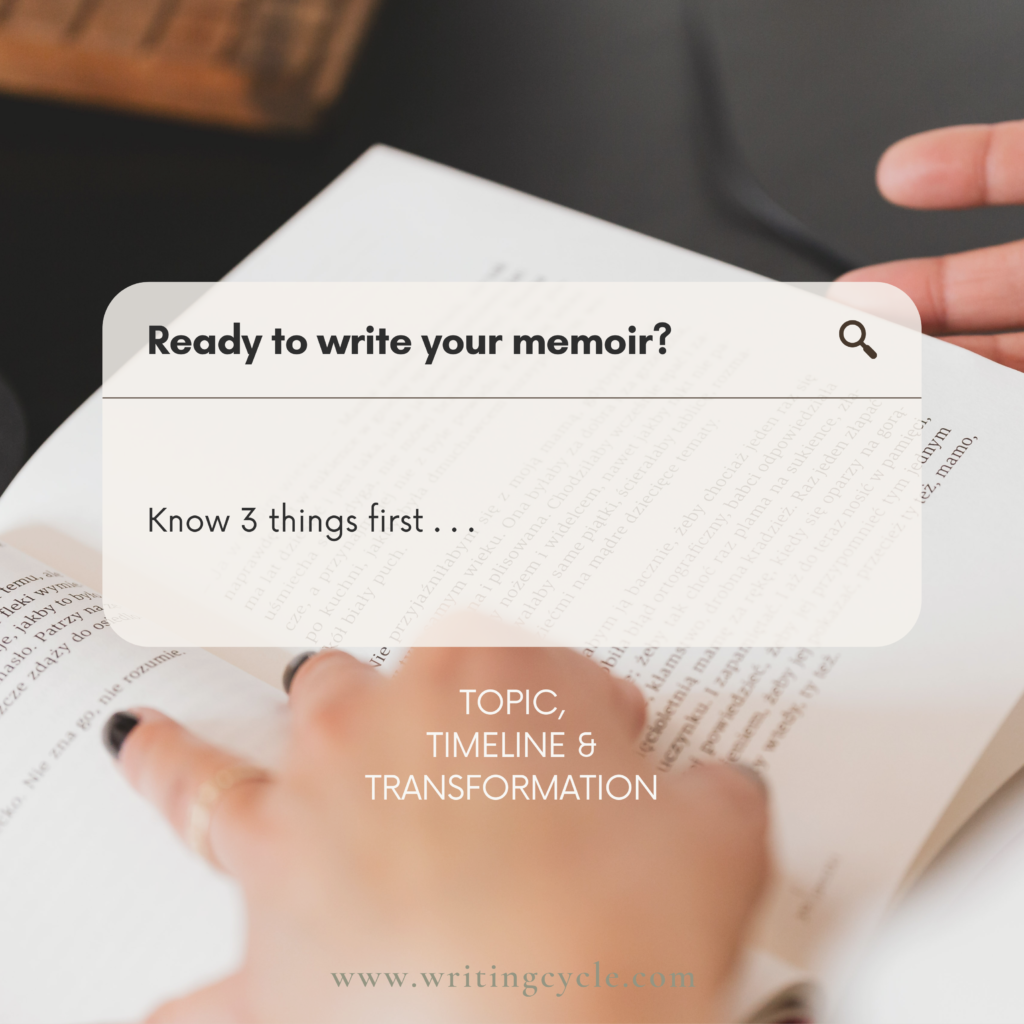How to Outline a Book? Custom Outline with a Coach.

Think your manuscript is ready for editing? Stuck on how to outline a book?
Don’t hire an editor BEFORE you OUTLINE.
In fact, don’t finish writing.
Confession: Most writers come to me toward the end of their process, to ensure manuscripts are error-free. Yet 80% of these drafts actually need DEVELOPMENTAL work.
- Some lack basic story structure.
- Others lack a clear clock.
- Many feature point of view shifts in every chapter!
I hate having to tell talented writers as they pick out cover art that this cake just isn’t done. Especially when manuscripts show real promise.
Instead, I prefer to work with writers in early stages, to:
- Nail down timeframe, trope, and key scenes.
- Use proven methods to outline story structure.
- Master craft.
So when they approach any editor, a draft will be DEVELOPMENTALLY sound.
That’s also why The Writing Cycle now offers CUSTOM OUTLINES for authors, designed to save years of drafting in wrong directions, as well as thousands on having polished what may need to be rewritten.
Ready to learn how to outline your book? The first step is to see if you can:
FILL IN THESE BLANKS TO FOCUS YOUR BOOK.
1. Plot is best phrased as a question about whether or not a character will achieve one overarching EXTERNAL concrete goal set toward the start of a book. Both novels and memoirs need plot.
Can you articulate your plot as a question?
Will your main character _________________________________?

2. Theme encompasses a main character’s inner struggle, and ties this to a larger question about the human experience we all wrestle with. (In memoir, the main character = you.)
To find your theme, first ask, what is my main character’s primary emotional struggle? (Usually, a character is torn between opposing tensions.) Then, consider how this struggle influences your character’s deepest yearning. Yearnings, after all, lead characters to set goals.
Can you articulate your main character’s deepest yearning?
Main Character most yearns for __________________________,
but is torn between
______________________ and _______________________.
Theme also results from considering what larger question about the human experience this inner struggle touches upon.
Can you pose a larger question about life your book explores?
_____________________________________________?

3. Transformation refers to how a character changes over the course of a book. Memoir always emphasizes personal transformation.Novels and screenplays open and close with images showing just how a main character has changed. (Learn more here.)
What ONE main shift does your main character experience over the course of a journey?
Main Character went from ______________________
to __________________________
as a result of _____________________.

4. Timeline refers to the duration of time it takes for the present action of any book to unfold, not backstory. Backstory gets woven in throughout the book. The timeline focuses attention around moments that matter. This might comprise a key school year, sporting event, trip, or trial, for example. The shorter the timeline, the greater the tension.
Read about timelines here and here.
Then answer: What is the timeline on your book?
My book spans _____________________________________________.

5. Trope refers to the type of story you wish to tell in terms of plot. (Each trope requires three different but essential ingredients that correspond to Acts I, II, and III.)
A relationship story? This includes everything from platonic professional dynamics to epic romances. A story about an individual versus a group? Films as diverse as Office Space, The Royal Tenenbaums, Full Metal Jacket, and Quiz Show fall into this category. A rite of passage, such as addiction/recovery or coming-of-age?
Draw on this list of 10 Types of Stories from Save the Cat for examples. Once you have your trope identified, take note of the three necessary elements your trope employs.
Don’t write your book until you clearly understand the kind of story you’re writing!
Which trope most closely matches your book?
My trope: _________________________.

The next step to getting your book #WRITTEN?
MASTER STORY STRUCTURE WITH A CUSTOM OUTLINE.
Writing is a journey. And while any trip remains an adventure, with room for spontaneous discoveries en route, you wouldn’t leave home without a map or ultimate destination. (Not to mention, it’s better when you bring a buddy!)
Similarly, you must map your book’s structure near the outset to avoid getting lost.
With The Writing Cycle’s custom outline service, you won’t just learn how to outline a book. Instead, we’ll work together to chart a course to bring your memoir or novel to completion drawing from Save the Cat screenplay beats, Joseph Campbell’s Hero’s Journey, and Aristotle’s classic three-act structure.
We also consider options to integrate key scenes into less traditional structures from non-dominant cultures/religions/traditions/storytelling traditions to best reflect the story you wish to tell.
Have a novel or memoir underway? Stuck on how to end things? Reach out and let’s get started!
CUSTOM AUTHOR OUTLINE
What’s Included:
– Focus of your memoir’s theme, timeline, and transformation or novel’s trope, timeline, and Broken World.
– Development of your trope’s three necessary elements broken down by acts with proven methods.
– Outline template, examples, and brainstorming geared to your project.
– Review of, and expert editorial feedback on, your outline.
– 2 60-minute 1:1: Zoom sessions: the first dedicated to trope and focus, the second to provide feedback and refine your outline.
PRICE: $670.00
- Note: This service includes one review of an outline outside sessions, followed by a session dedicated to feedback / opportunities for improvement. Providing feedback on revisions is available for an additional fee, if desired.
EMAIL TO BOOK YOUR CUSTOM OUTLINE


Leave a Reply Cancel reply
Submit
LET's GET STARTED.
Hi, I'm Carol,
an Arizona-based editor who turns ideas into art. Need to get your book publication-ready?
Receive
Copyright © 2022 The Writing Cycle
Brand Photos By: Hayley Stall Matt Allen
Sign up for our quarterly newsletter and gain immediate access to free writing resources.
Stock Photos By: Styled Stock House